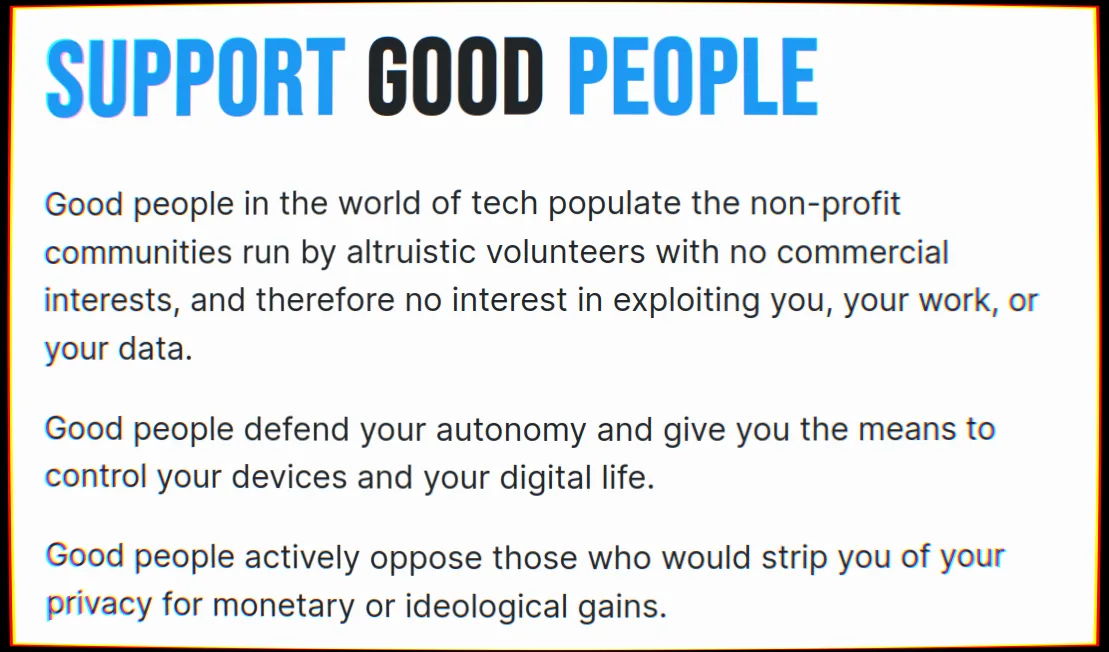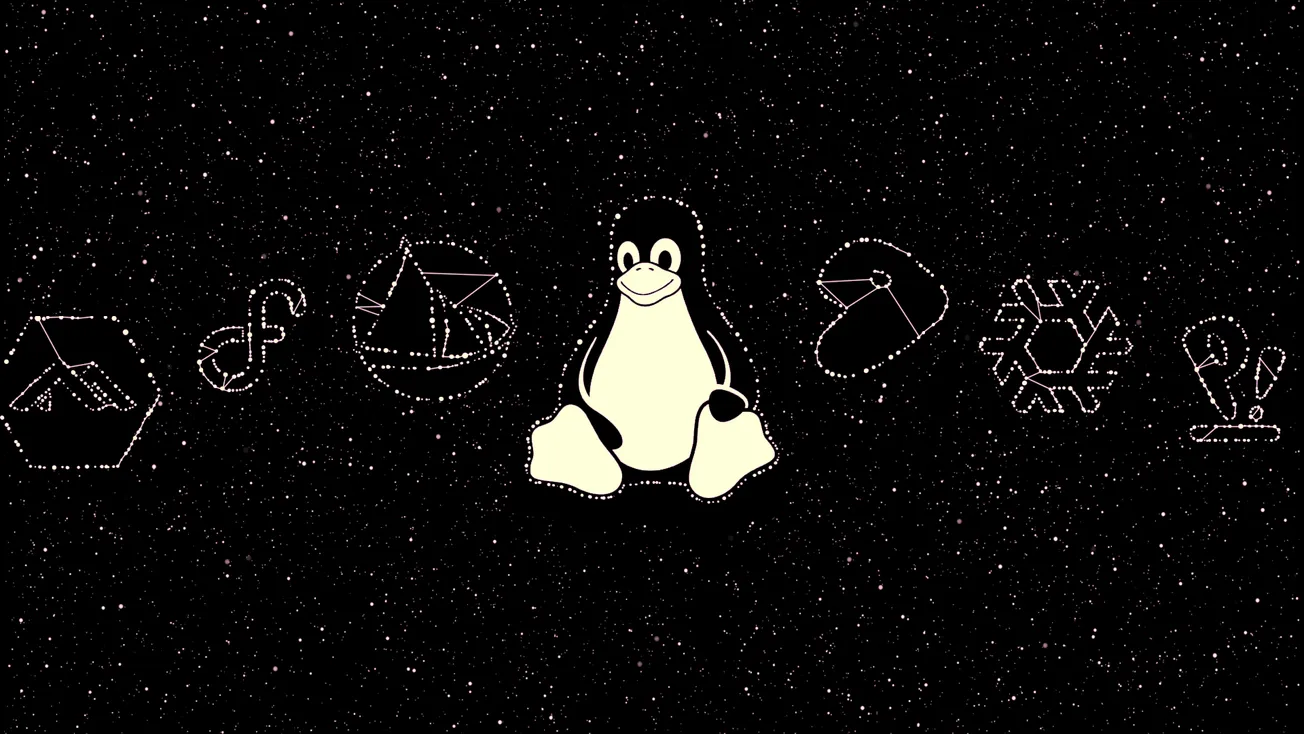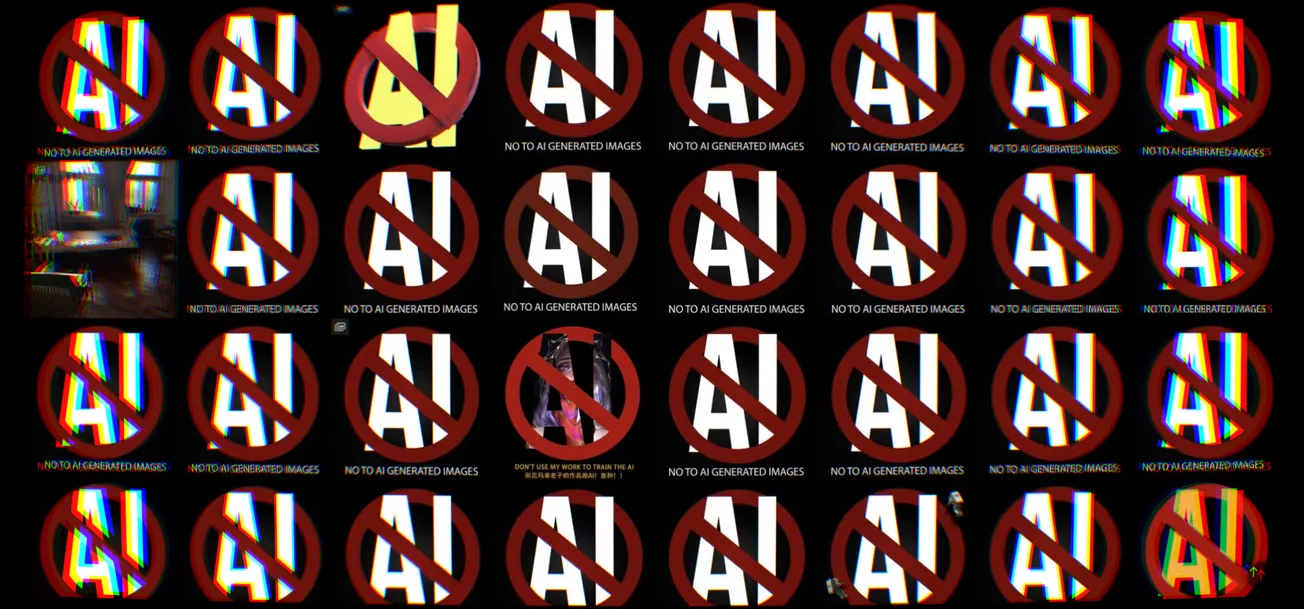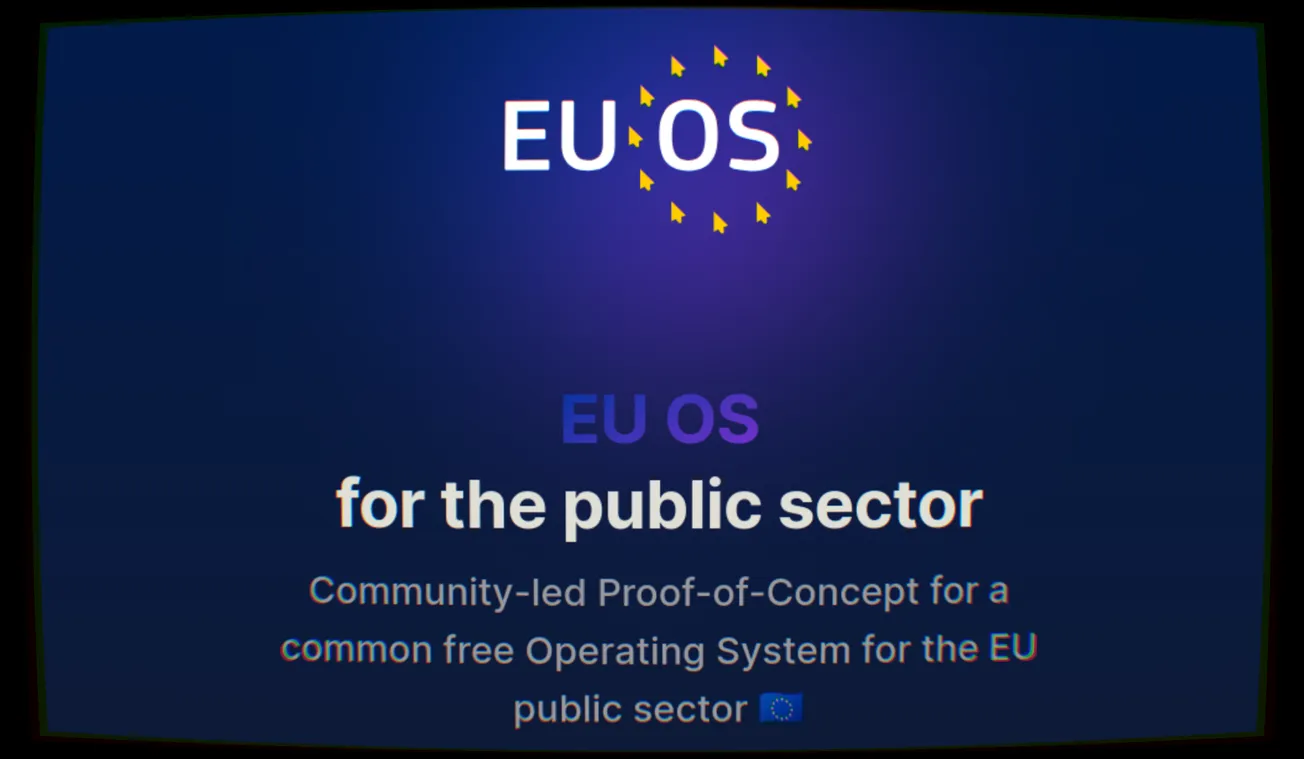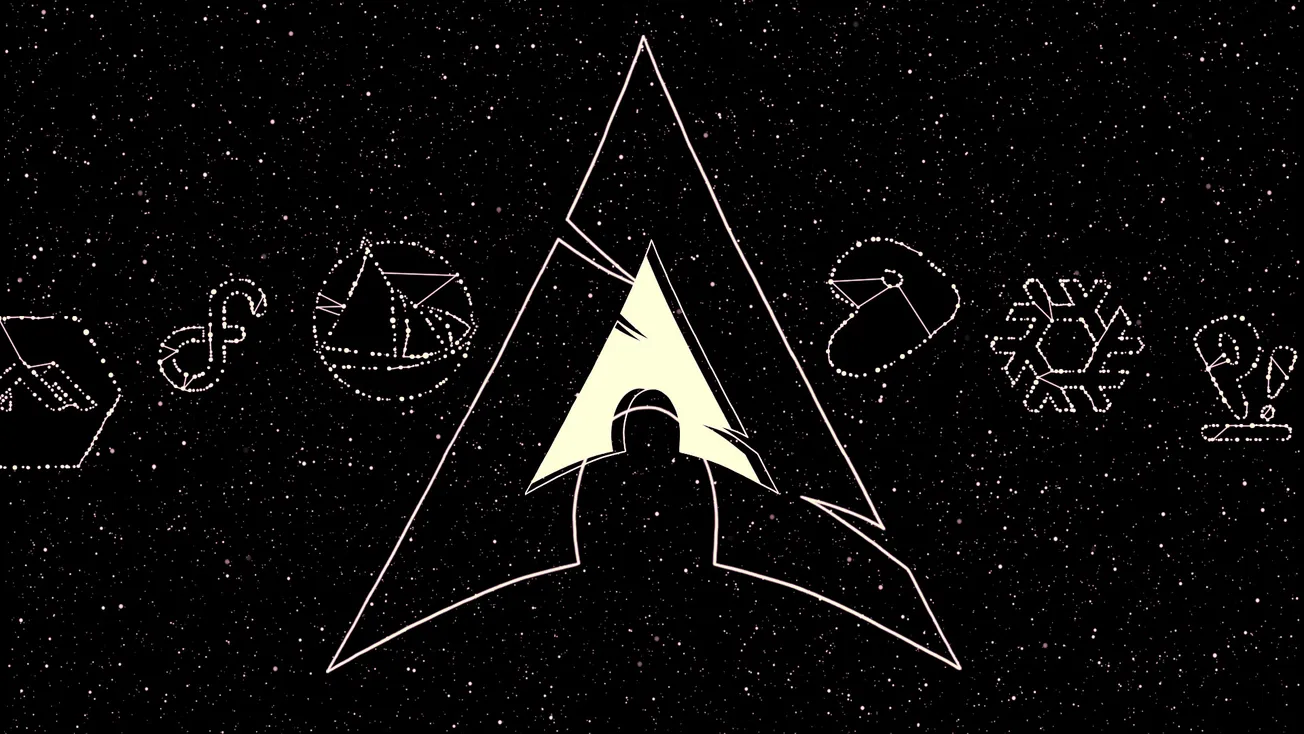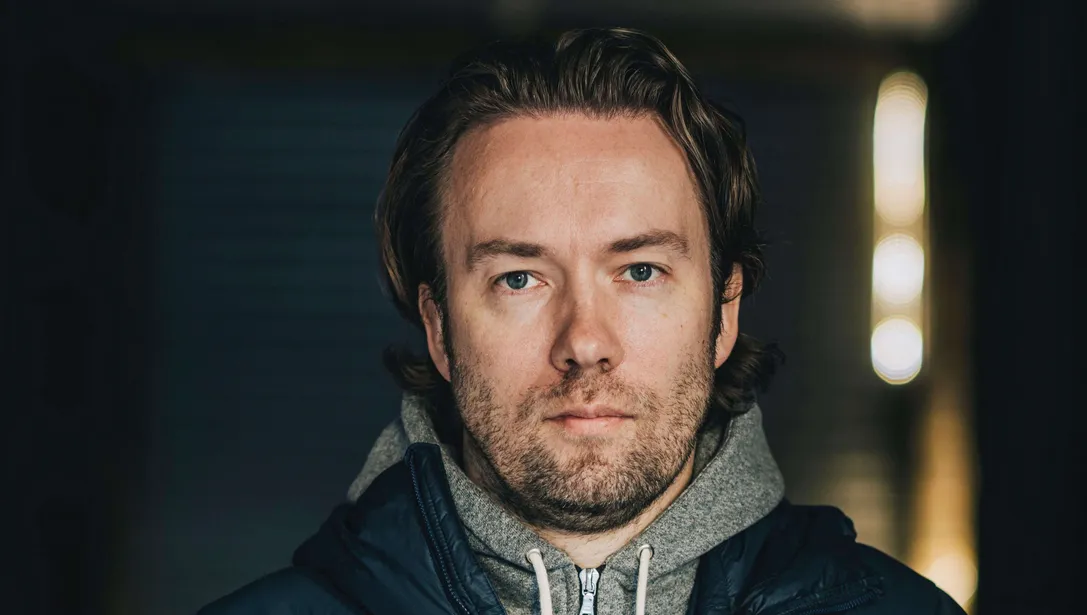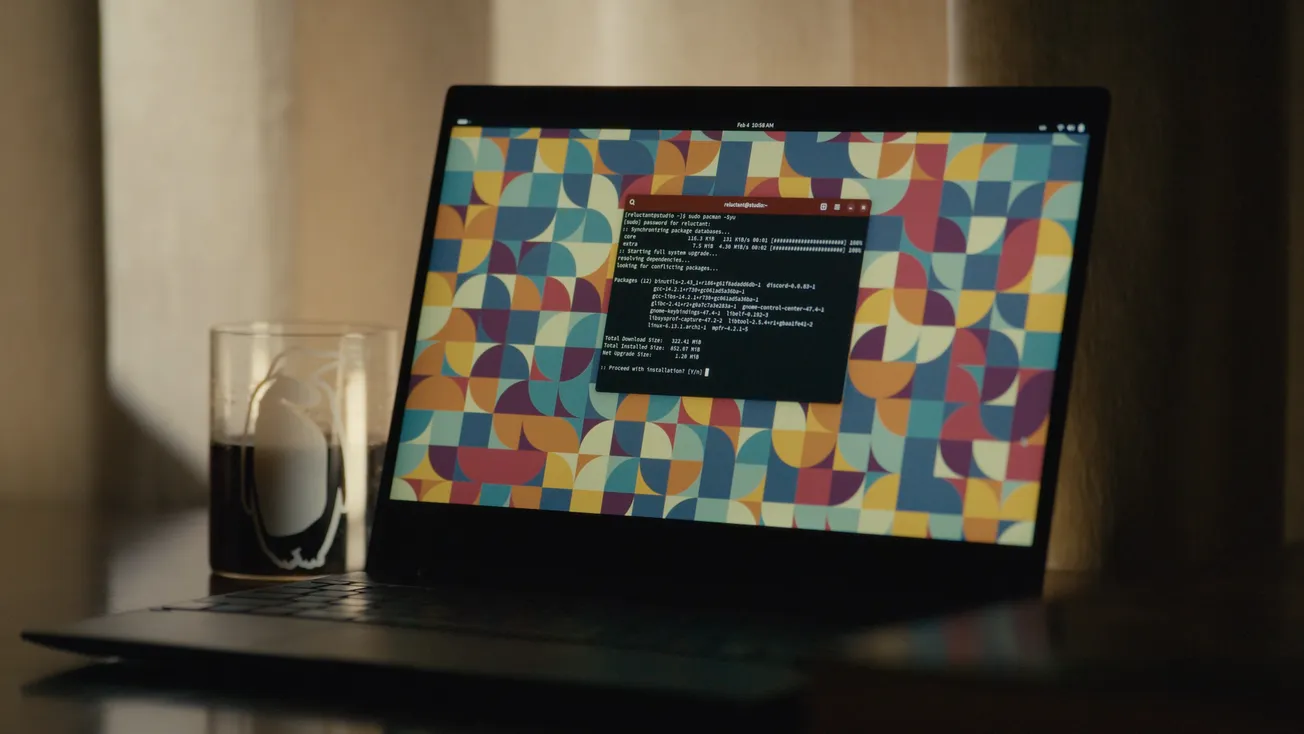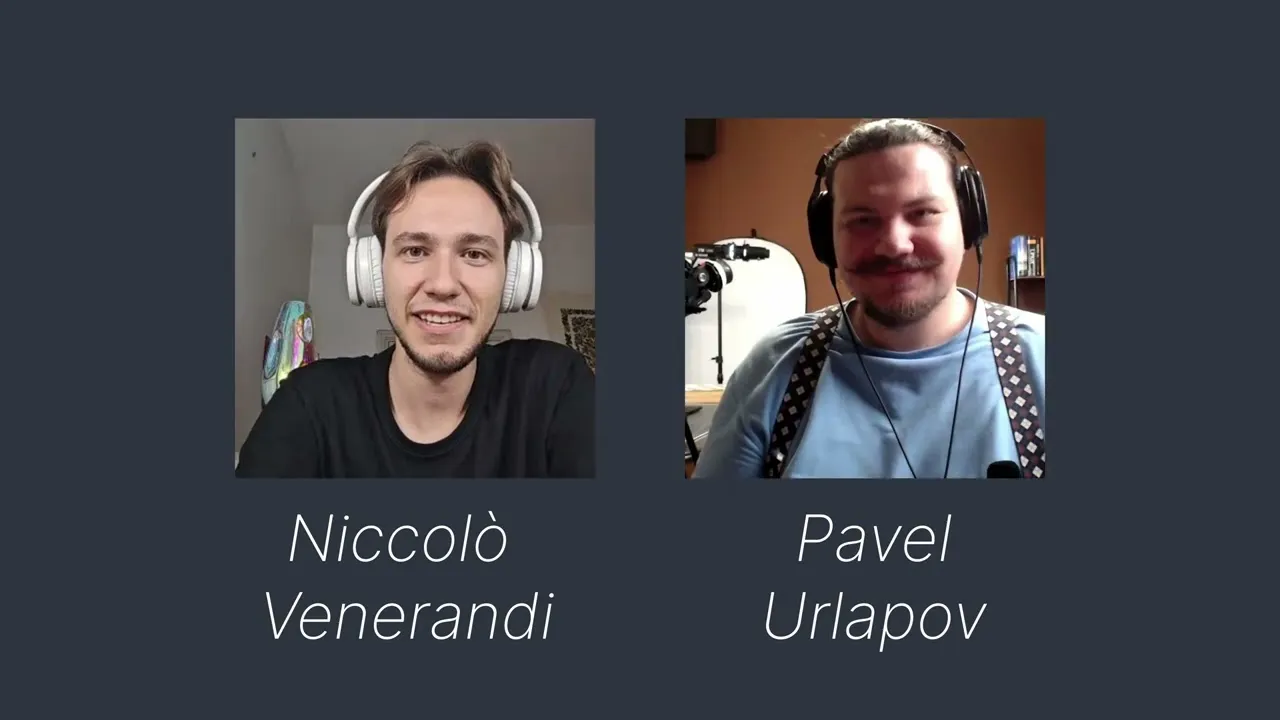Table of Contents
Just a few years ago, Kdenlive - KDE's video editing program - launched a fundraiser.
It wasn't just any fundraiser – but rather, one where the explained it detail exactly why they needed the money, and what they were going to do with them.
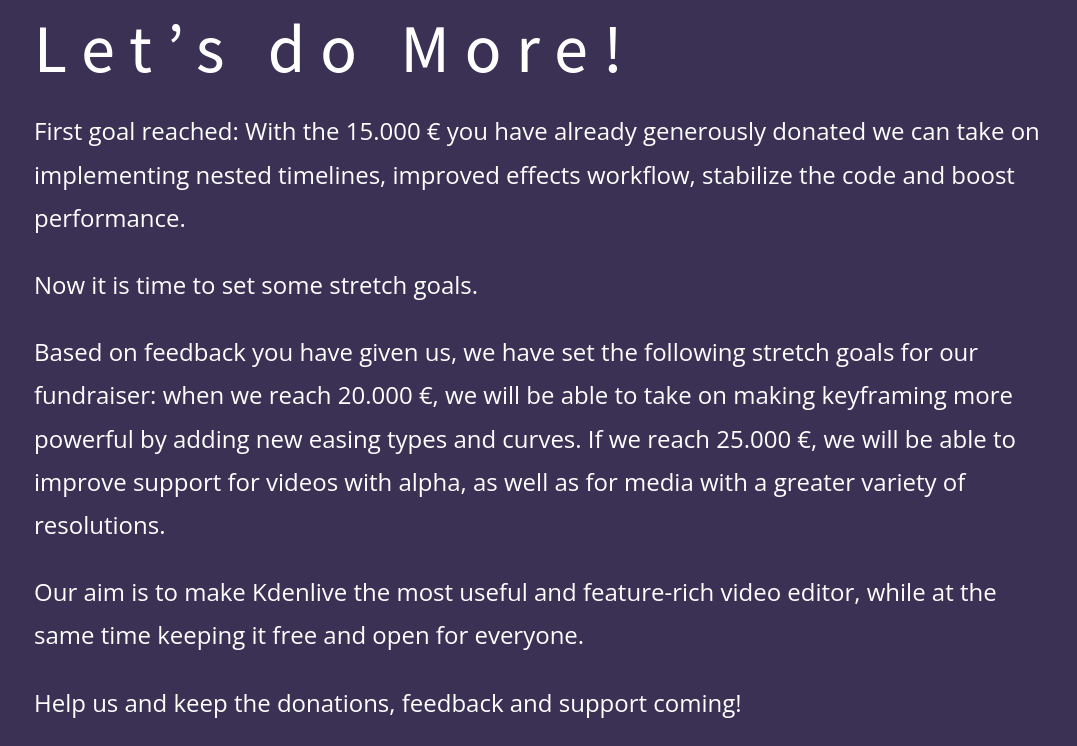
Very quickly, they promised to bring nested timelines, better effects workflow, performance boosts, and much more. The community clearly reacted well to this announcement, and the project has managed to achieve its goal of 15 thousand euros.
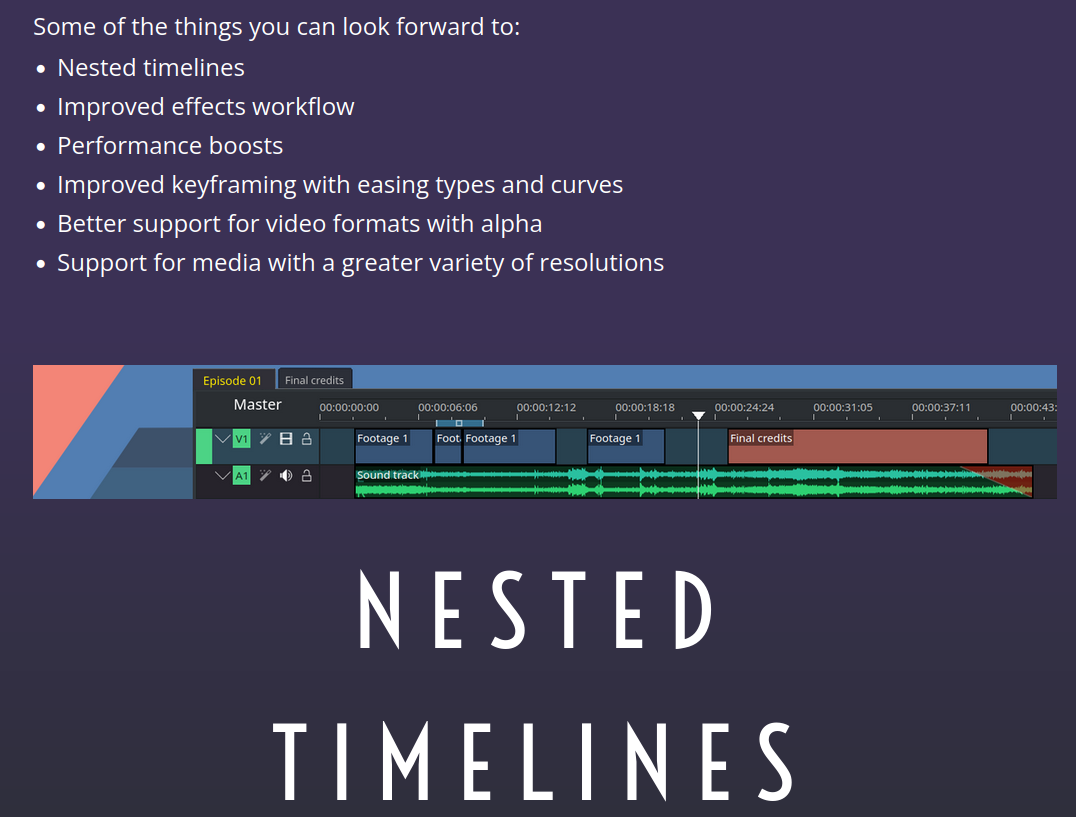
They had also set some stretch goals for 20k and 25k targets; In total, the managed to raise 23 thousand euros from 677 donations; of those, around a grand had to go to platform and processing fees, whereas 20% was given to the KDE eV to cover infrastructure; this leaves the grand sum of 17 thousands euros just for Kdenlive.
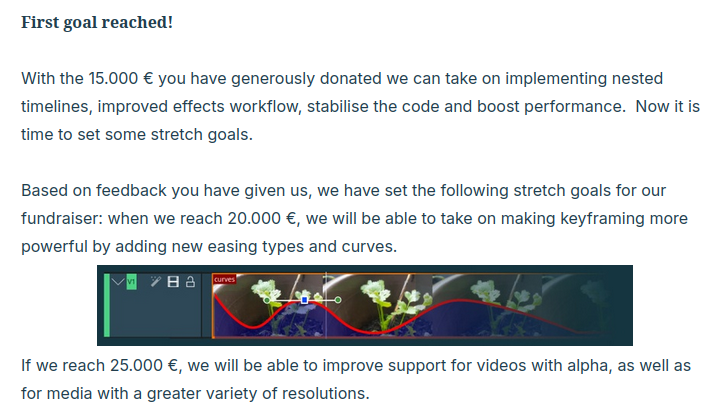
When trusting a project with such a large(-ish) sum of donations, it's fair to expect that project to have some level of transparency over what exactly is happening, and how that money is being spent.
Indeed, we've seen frequent blog posts about the latest developments, spring recaps, and even in-depth articles on certain bug fixes from the websites of the developers themselves.
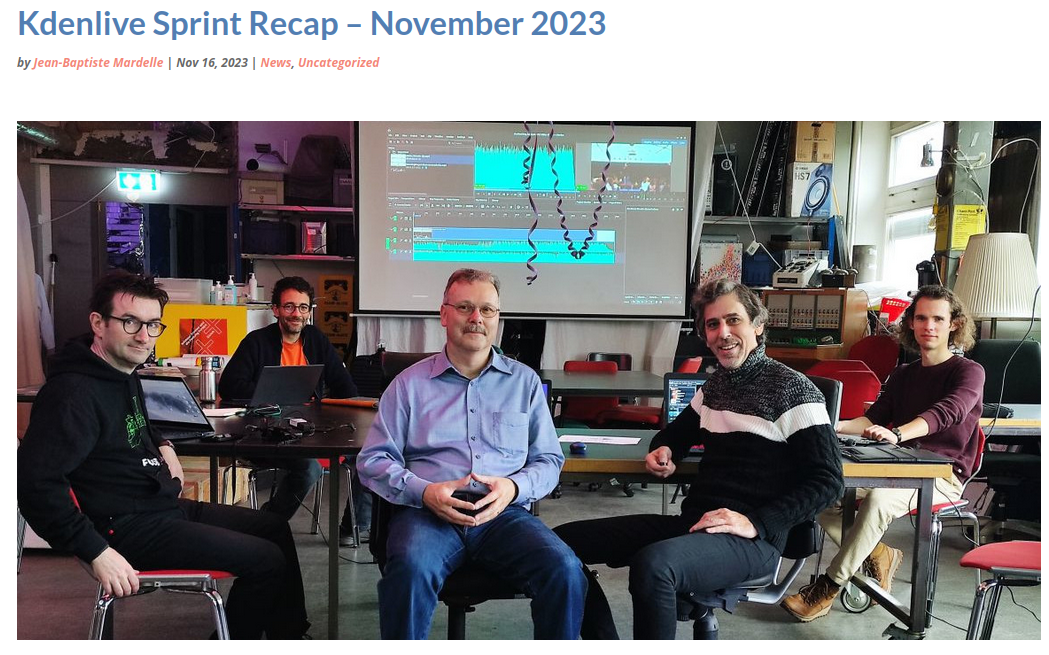
Now, the Kdenlive project is sharing its final fundraising report, covering everything that was done purely thanks to that donation boost. I would really love to tell you about it since it's a great example of how we can effectively "monetize" a free and open-source project with the ultimate goal of helping it grow over time.
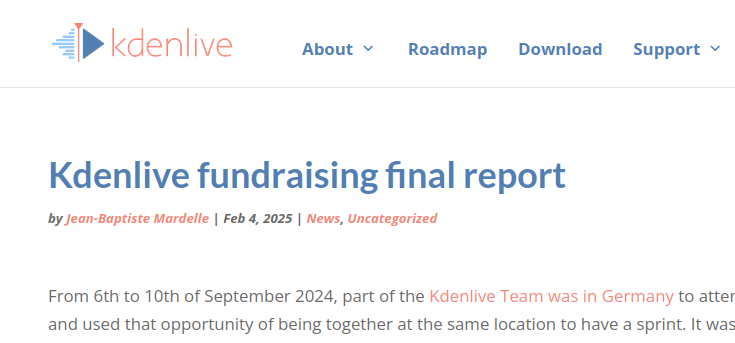
Firstly, timeline nesting. In the documentation of Kdenlive they're actually called "sequences", and they are timelines that can be rendered independently, but they're all part of the same project and they share the same settings.
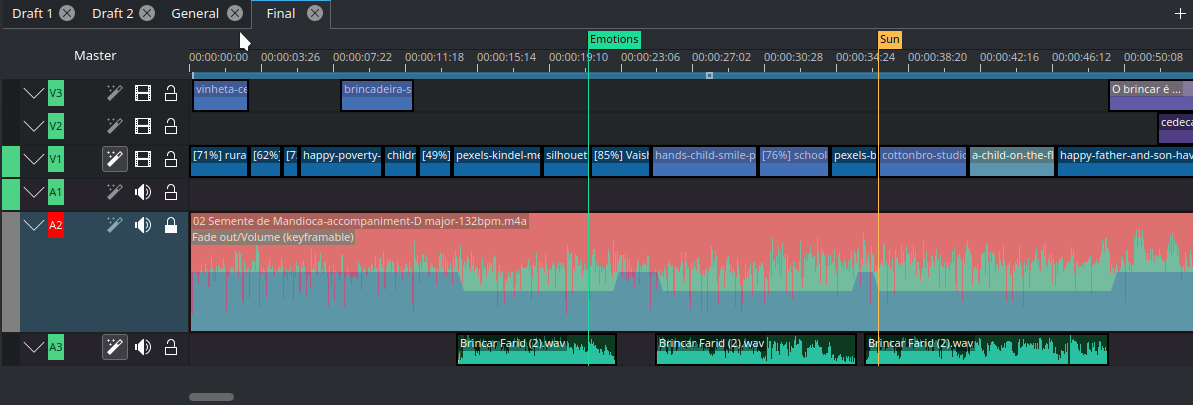
Sequences act like clips, too: you can open a sequence and play it in the clip monitor, or drag and drop it into a difference sequence. This way, if you edit Sequence 2 - in its own timeline, and rendering it independently - those changes will update live in Sequence 1 as well.
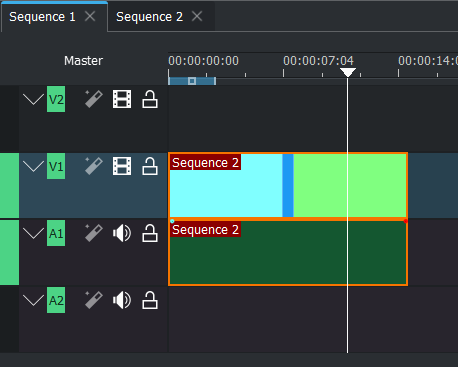
You can create a new sequence from the menu, and once you do that, a tabbed view will appear just above the timeline. This will also unveil a new button to create even more timeline sequences.

There are various goodies here and there; as an example, if you double click a Sequence clip in a specific point, Kdenlive will display the timeline of that sequence, exactly in the point that you've double-clicked.
And, you can even duplicate them, just like that!
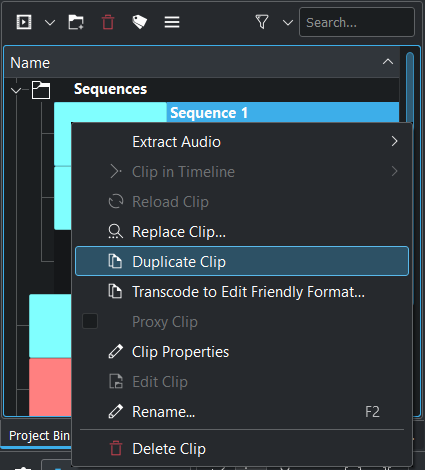
Even better, you can have some sort of re-usable sequence, where you copypaste just that sequence between projects instead of having to each time copy all the elements that you want to re-use.

You could also create multiple versions of the same video by editing one time, and duplicating that sequence, and working on the duplicated one; then, you can independently render each. Previously, this was only possible by creating multiple Kdenlive projects for each variation.
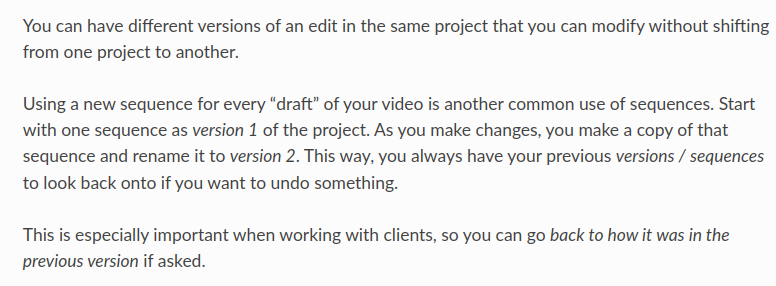
New, the Kdenlive developers do admit that this feature was rushed a bit on release and that it caused "annoying instabilities that are now solved"; they recommend to only use it from the just-released 24.12.2 version.

Next up we have various goodies in effects management, just like promised.
We now can edit multiple effects at the same time. If add an effect to a group of clips, you will see the number of clips it affects, and you will be able to edit the parameters for all clips at the same time.
We also now have various different easing modes. If you've ever tried to do some basic animation work in Kdenlive, you know that it only used to support discrete, linear, and "smooth" easing curves, none of which was particularly pleasing to the eye, in my opinion. We can now select a whole lot of them: Cubic, Exponential, Circular, Elastic, and Bounce – all available in both In and Out versions. I love to see that.
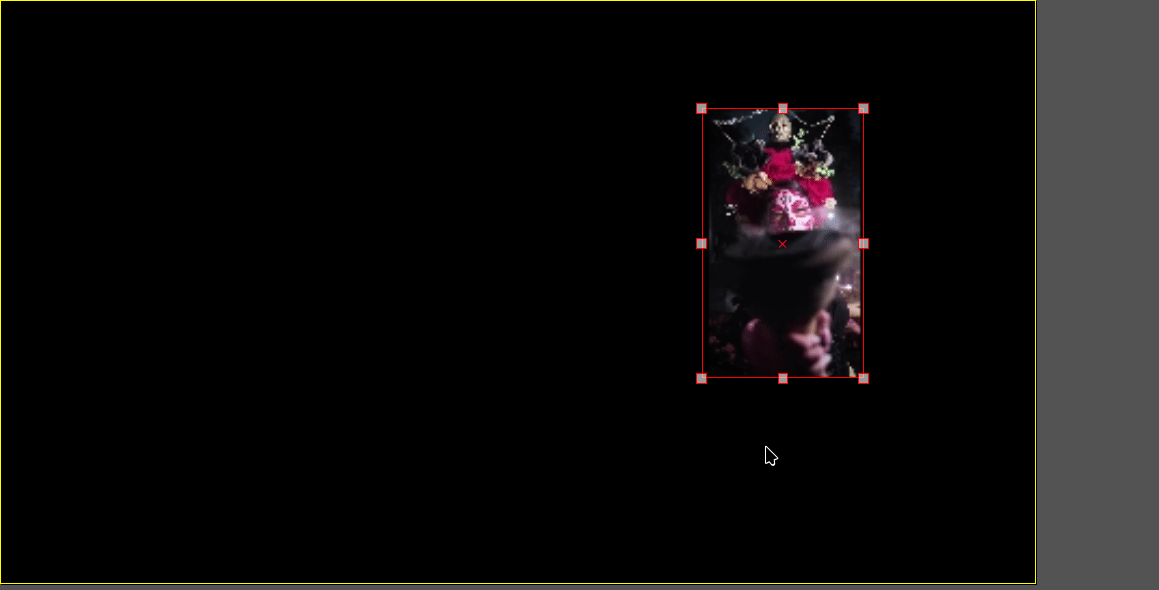
The Transform effect now has a monitor grid that you can enable/disable, and if you do have it on, then the clip will automatically snap to it. This allows you to very quickly align different clips down to the pixel.
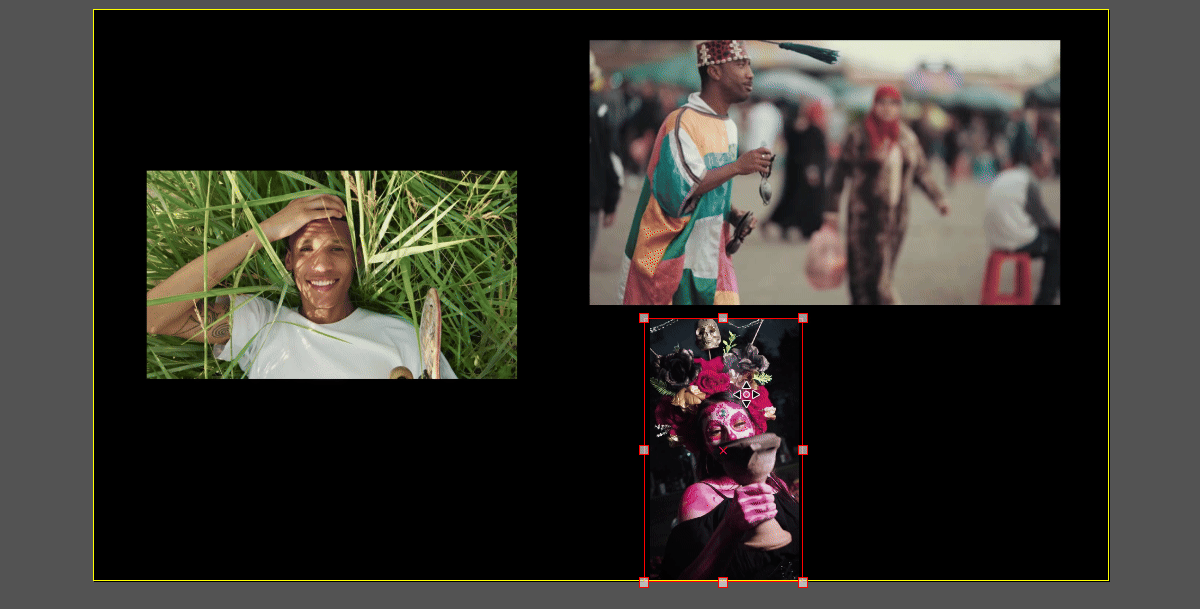
On top of that, if you wanted to move a clip around, you used to have to select it from the timeline first, and only then you could drag and drop it in the monitor overlay. Now, you can just click the clip you want to move on the monitor, and the handles will appear!
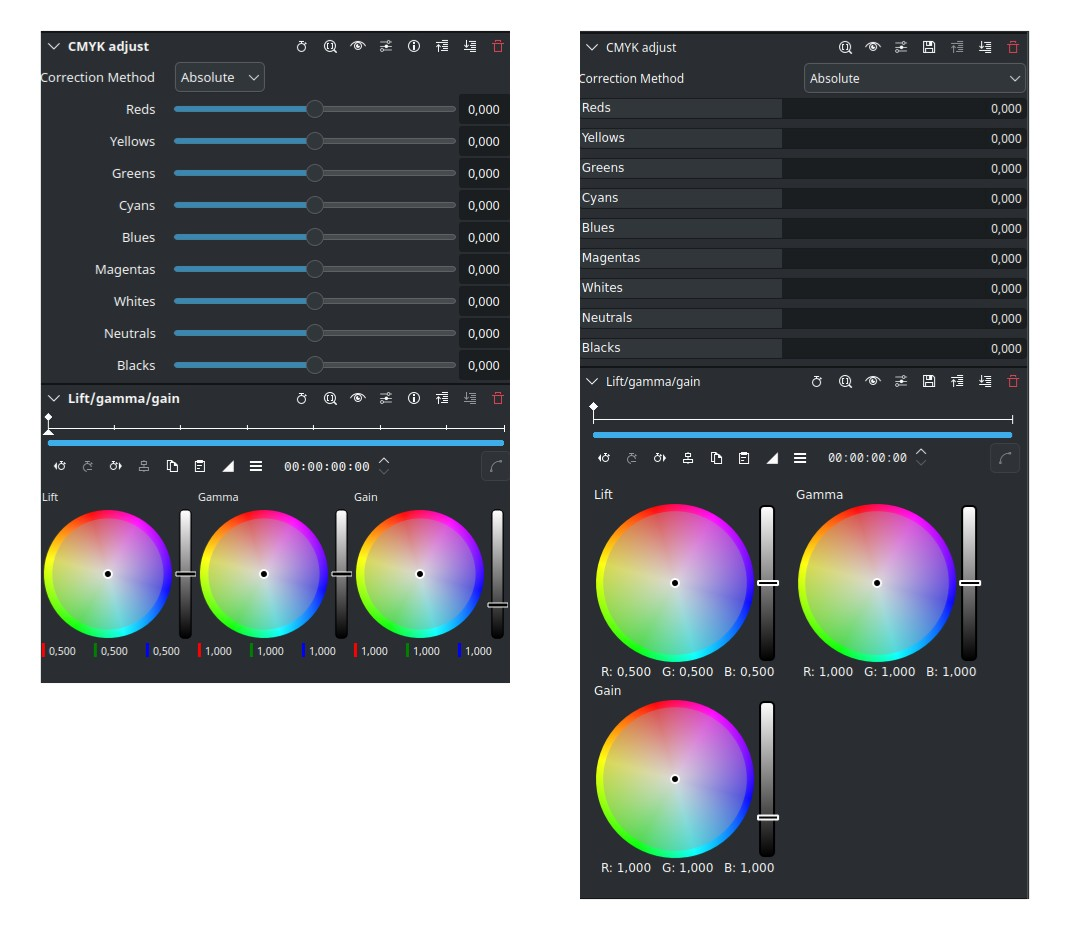
The interface itself was redesigned too with - and I quote - "clearer organization of keyframeable and non-keyframeable parameters, improved layout consistency, more compact and clean".
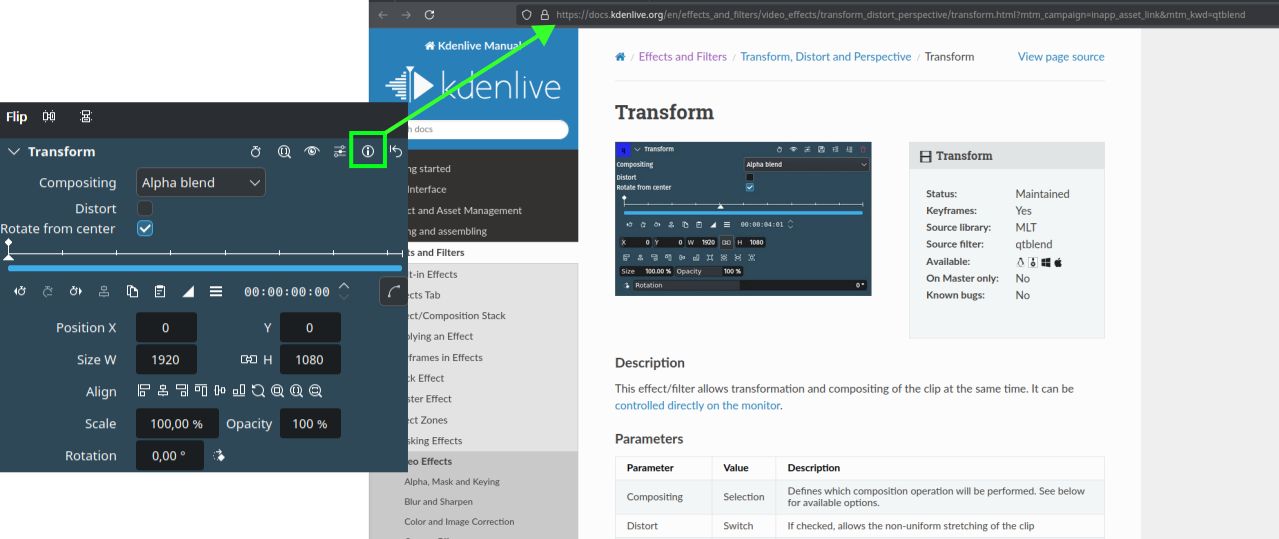
Each effect also now has a help button that will open the documentation regarding that effect specifically. This one is a small change, but I love too see it.

That was all for effects. However, there are still a few goodies here and there, before I start talking a bit more about fundraising.
Firstly, performance boosts. The Spacer tool is now pretty much instantaneous (I can confirm that this option was previously quite slow). Audio and video rendering is slightly faster, though no numbers there. Better hardware encoders support, and optimized some parts of the timeline qml code to handle out-of-view items.
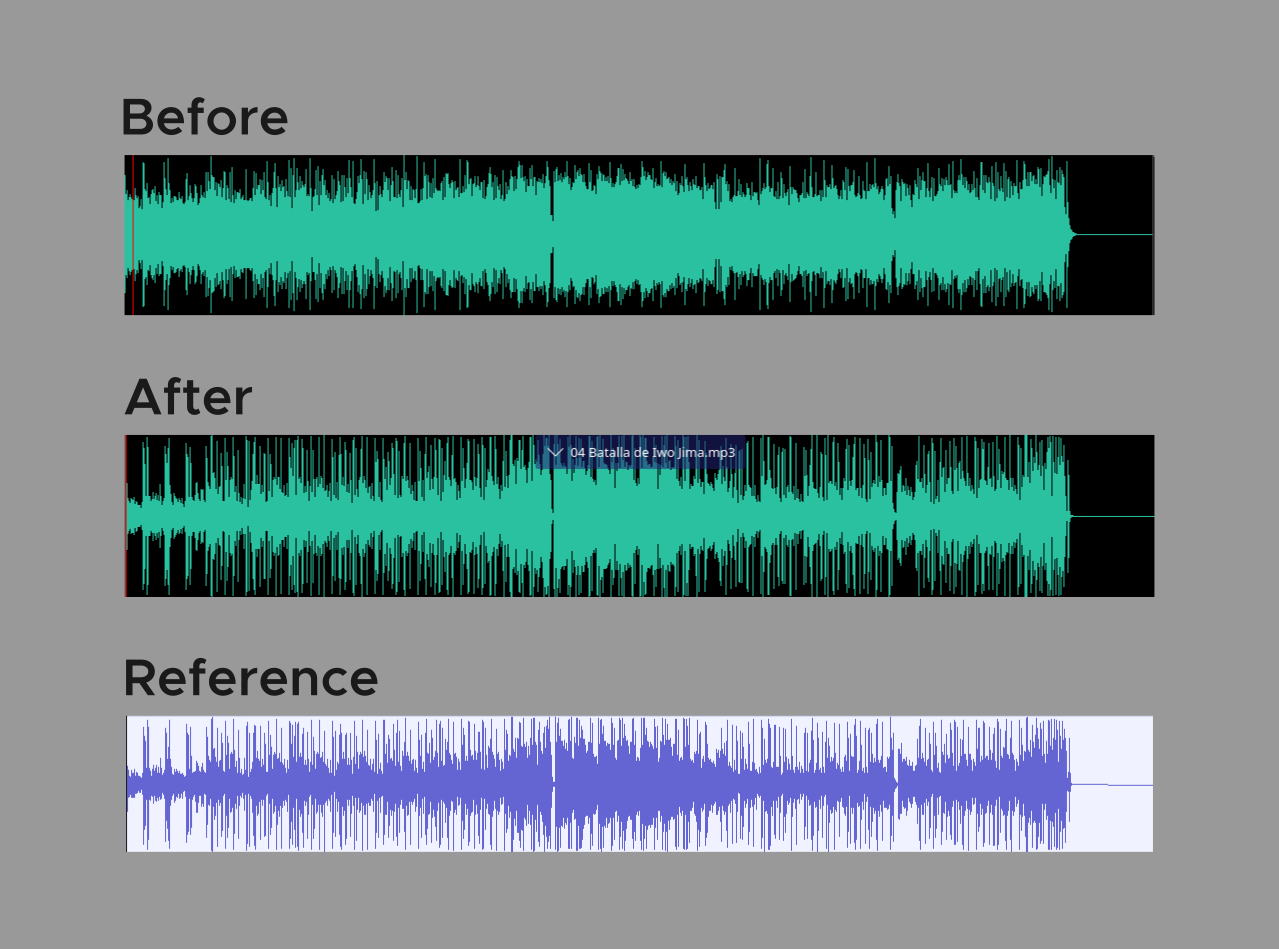
On top of that, there's been a complete re-work of how Audio Waveforms work. The new system is three times faster - which is amazing - and much more reliable. The resulting waveform is also much more accurate. The reference that you see comes from Audacity, which is a bit of a reference implementation in these kinds of things; the improvement of the new visualization is pretty clear, and this does help editing a lot: I often find myself looking for specific bumps in waveforms to know where to cut a clip.
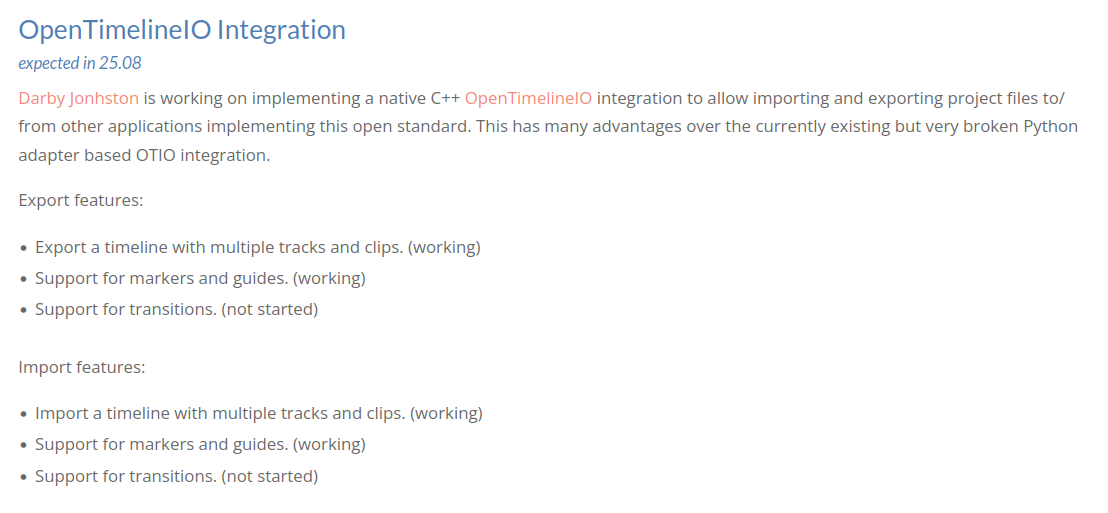
The new waveform generation was merged for the next major release of Kdenlive, which is 25.04.
If you're also willing to stick with this project until later this year, when 25.08 will be out, then you'll also get the OpenTimelineIO integration that Darby Jonhston is working on. This will allow importing and exporting of project files to this open standard. He's managed to already implement the export/import of a timeline with multiple tracks and clips and support for markers and guides; we're now only waiting for support for transitions.

The team is also working on improving their QA efforts; they have implemented a way to automatically check for rendering regression, and now this should run automatically to make sure that each release is, I quote, "more stable". Yay!
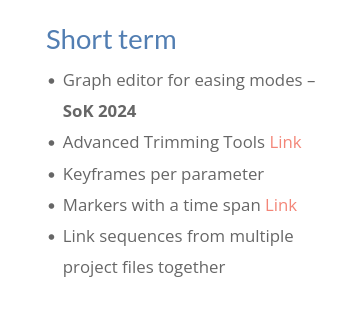
Finally, the Kdenlive project gives us a roadmap of features that they plan to support soon. In the short term, they want to implement a "graph editor for easing modes", which will be part of the Summer of Kode initiative. Then, there are advanced trimming tools, keyframes per parameters, markers with a time span, and link sequences from multiple project files together. All of these sound like great features to have.
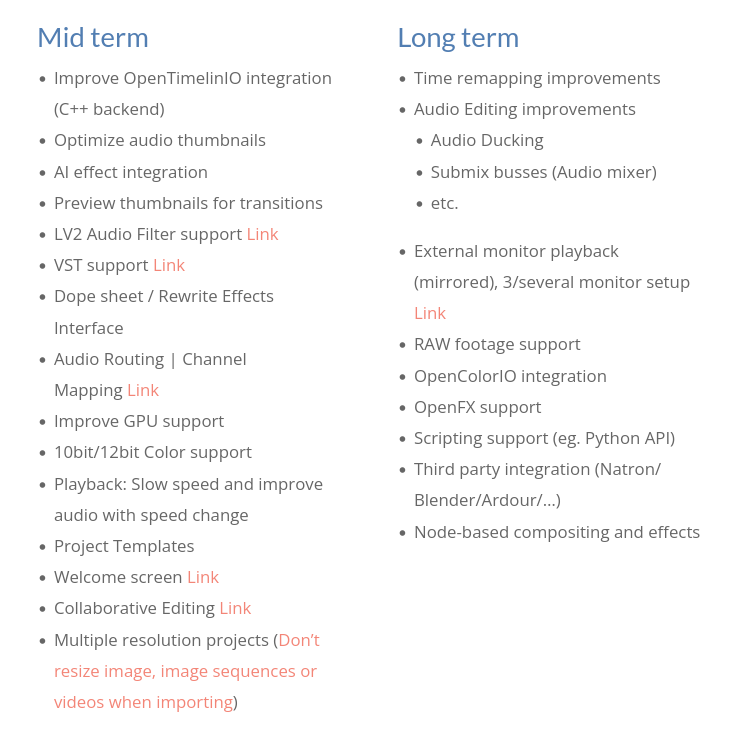
Glancing very quickly at the further future, we see the above-mentioned OpenTimelineIO integration, but also "AI effect integration", 10/12bit color support, project templates, remote collaboration editing (which I would love, by the way, I share kdenlive files over Nextcloud to have a similar experience). And, one day - hopefully - we'll also get RAw footage support, OpenColorIO, OpenFX, a Python AYI, Node-based compositing and effects, and so on. These last features understandably would take a lot of time and effort.
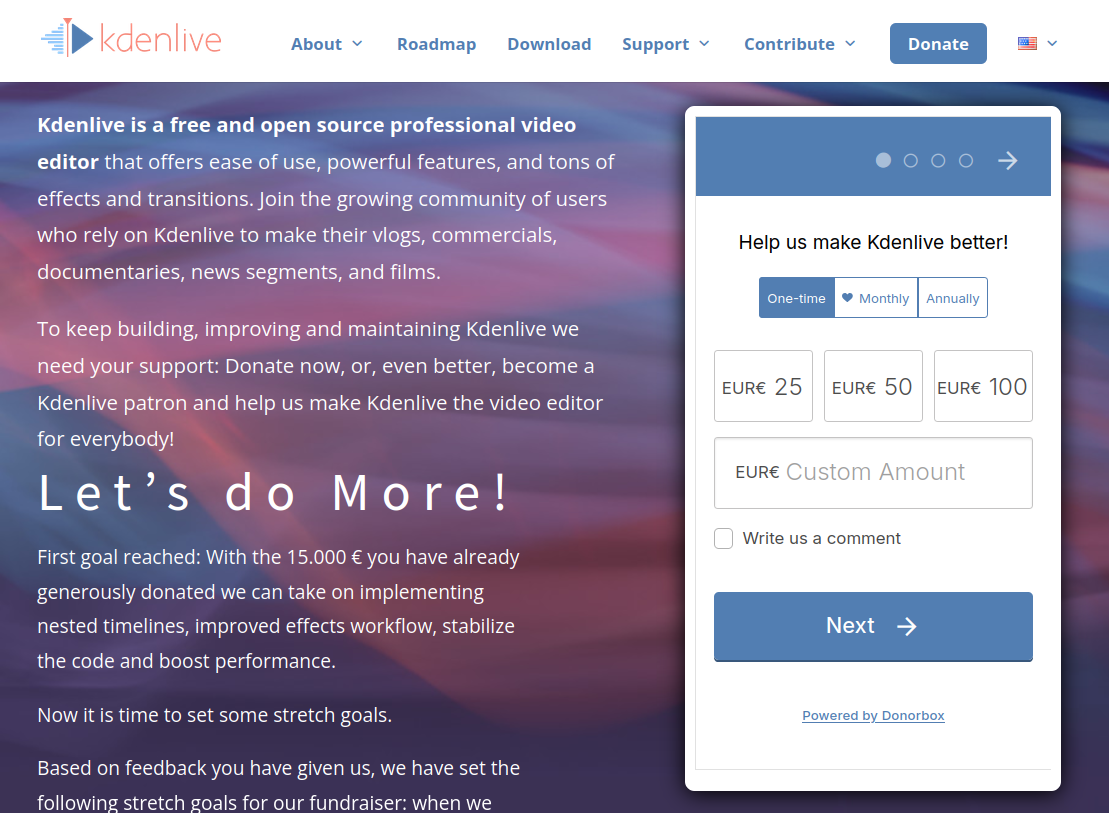
We now get to the you part of the video.
Sure, the Kdenlive fundraiser concluded two years ago, but you can still donate to the Kdenlive project and your money will be used to continue these efforts; in my humble opinion, Kdenlive already is the best open source video editing software, and with your help, we can push it to be a viable option in more and more commercial contexts as well.
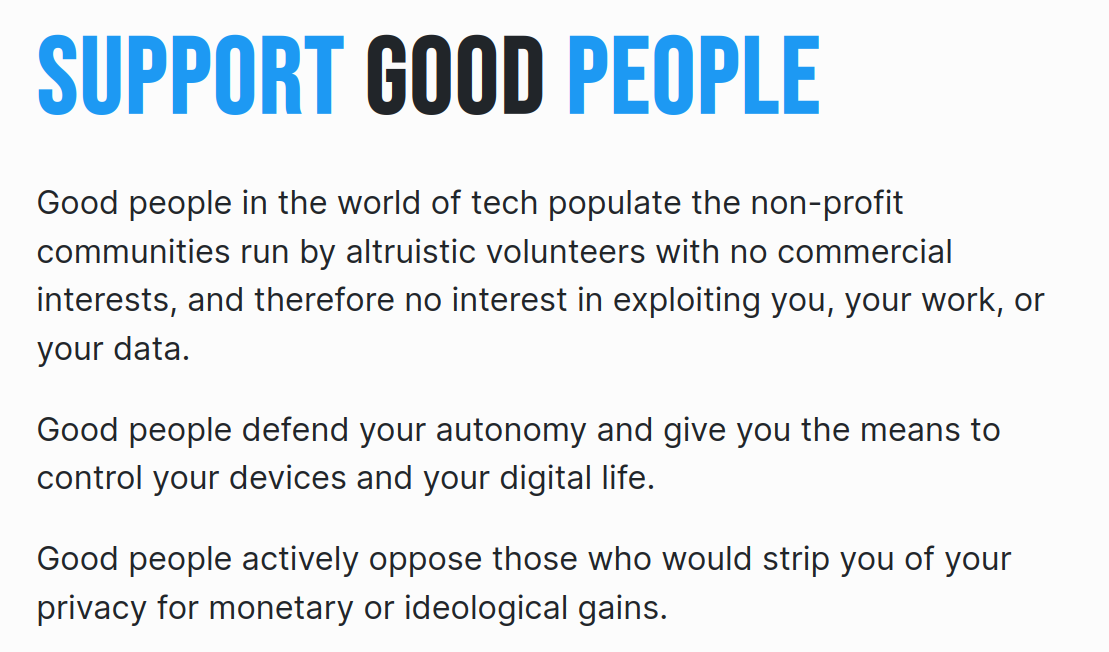
Now, if you're not that interesting into video editors -- did you just watch me talk about them for, like, ten minutes? And you don't care about them?
But still, even if, the whole KDE organization is currently looking for donations to keep all the projects running and growing. As one way to try to raise more donations, the team has launched a very noteworthy campaign just last December:
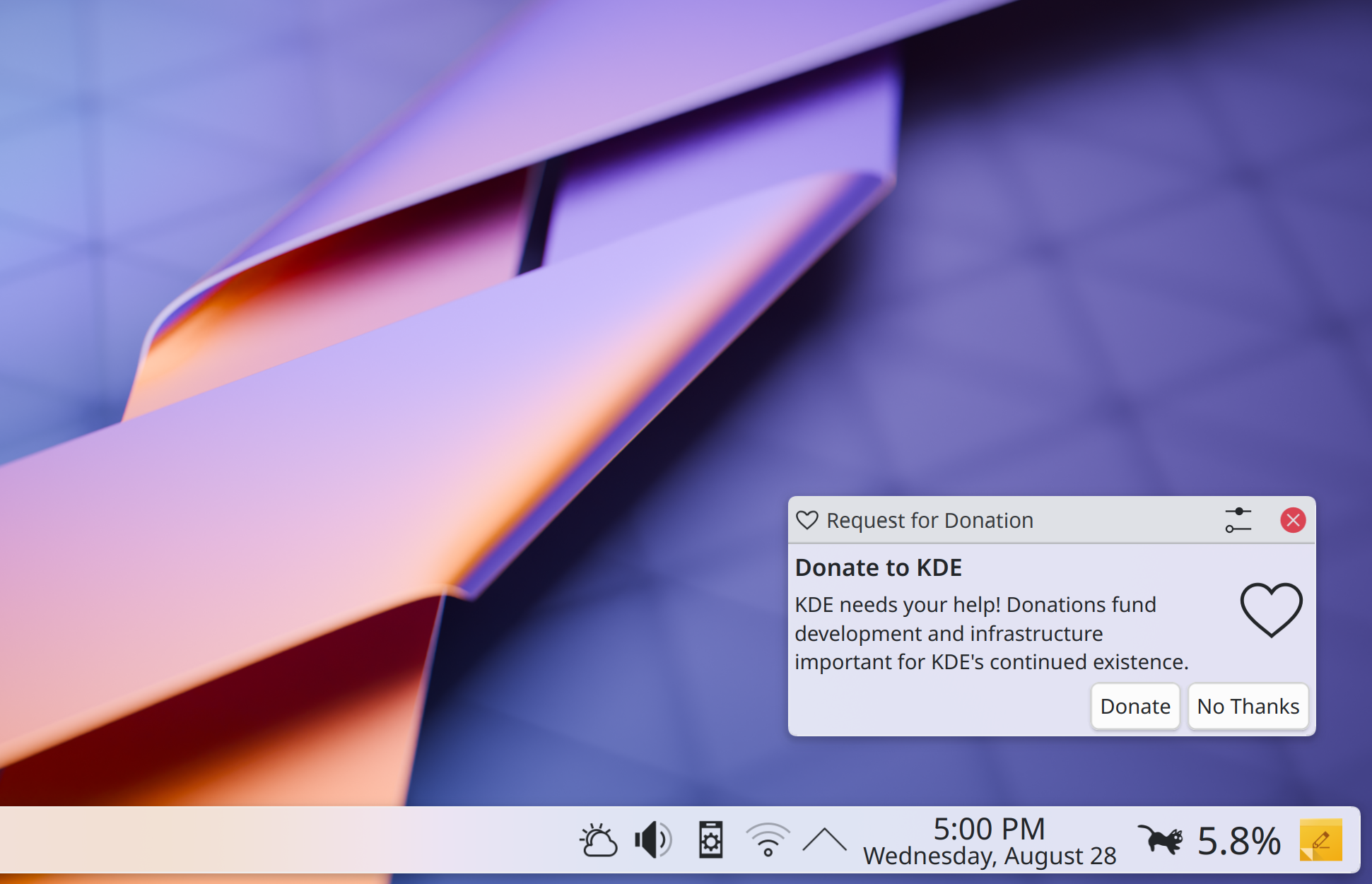
they have decided to simply … ask for donations in a Plasma notification exactly one for a year. And, if you press "No thanks", the notification will never appear again, ever. We thought this was a pretty reasonable way to ask for money for a project that you're enjoying.
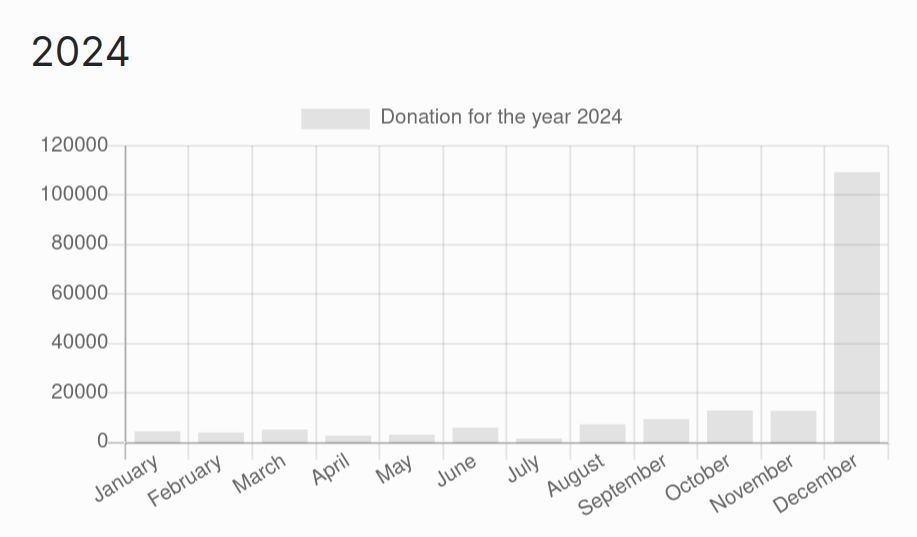
This worked out incredibly well.
If we only go look at the donations for the year 2024, you can see that this simple notification has increased donations from an average of 5k€/month to 110 thousand euros in just December. And these are just PayPal donations – even more were done through other means, such as Donorbox.
The KDE eV does have contractors working on improving KDE software, and this end-of-the-year boost is a great help to make sure it's able to both pay all of them and still offer to cover travel expenses to developers when attending sprints and conferences.


